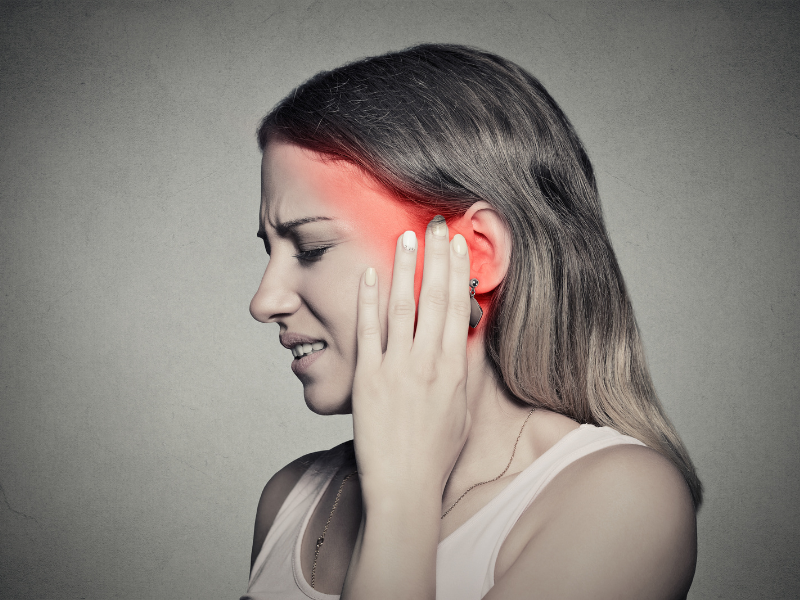Understanding Trigeminal Neuralgia: Causes, Symptoms, Diagnosis, Treatment, and Medication

Trigeminal neuralgia is a debilitating neurological disorder. It is characterized by intense, sudden, and searing facial pain. Often referred to as “tic douloureux,” this condition can significantly impact a person’s quality of life.
What You Need to Know?
Trigeminal neuralgia is more common in women. Usually, it affects individuals over the age of 50. It can be a challenging condition to diagnose due to the:
- intermittent nature of the pain
- the absence of visible physical abnormalities
This can lead to a delayed diagnosis, causing additional distress to the patient. Seeking medical attention early is crucial to manage the symptoms effectively.
What Causes Trigeminal Neuralgia?
Trigeminal neuralgia primarily arises from the compression or irritation of the trigeminal nerve. This nerve, which transmits sensory information from the face to the brain, can be damaged for a variety of reasons.
One common cause is the compression of the nerve by a blood vessel, leading to its irritation. Other potential causes include:
- multiple sclerosis is a condition that damages the protective covering of nerves
- certain tumors that affect the trigeminal nerve’s function
What are the Symptoms of Trigeminal Neuralgia?
The hallmark symptom of this condition is excruciating facial pain. This can be triggered by seemingly harmless activities like:
- speaking
- eating
- even a light touch
The pain is often described as electric shocks or stabbing sensations. It radiates along the pathways of the trigeminal nerve.
These episodes can last for seconds to minutes. It may occur in clusters over a period of time. The intensity of pain can be incapacitating. Leading to a fear of performing routine activities.
How is Trigeminal Neuralgia Diagnose?
Diagnosing this condition involves:
- a comprehensive evaluation of the patient’s medical history
- a thorough neurological examination
Magnetic resonance imaging (MRI) may be conducted to rule out other potential causes of facial pain, such as tumors or nerve damage.
Physicians may also perform tests to identify trigger points that elicit pain. The test also helps them differentiate this condition from facial pain disorders.
How is Trigeminal Neuralgia Treated?
There is no cure for this condition. However, there are various treatment options are available to:
- manage the pain
- improve the patient’s quality of life
Initially, doctors often recommend non-invasive approaches such as:
- pain-relieving medications
- lifestyle modifications
Anticonvulsant drugs like carbamazepine and oxcarbazepine reduces nerve firing and alleviate pain.
For cases where medication fails to provide relief, medical procedures might be considered. One such procedure is microvascular decompression.
In more severe cases surgical options may be considered. However, these procedures carry the risk of facial numbness, which should be thoroughly discussed with the medical team.
Medications for Trigeminal Neuralgia
Medications play a vital role in managing trigeminal neuralgia symptoms.
- Anticonvulsant drugs like carbamazepine and oxcarbazepine are often the first line of treatment. These medications help to control nerve firing and subsequently reduce pain.
- Other medications such as baclofen and tricyclic antidepressants help manage pain and alleviate muscle spasms.
Medication doses might change depending on how a person reacts to them. Seeing your healthcare provider regularly is crucial to check if the medicine is working well and to change it if needed.
Trigeminal Neuralgia is a debilitating condition characterized by intense facial pain. Its impact on daily life can be profound, affecting basic activities like eating and speaking. While treatment options range from medications to surgical interventions, each case is unique. A tailored approach is necessary for effective management.



